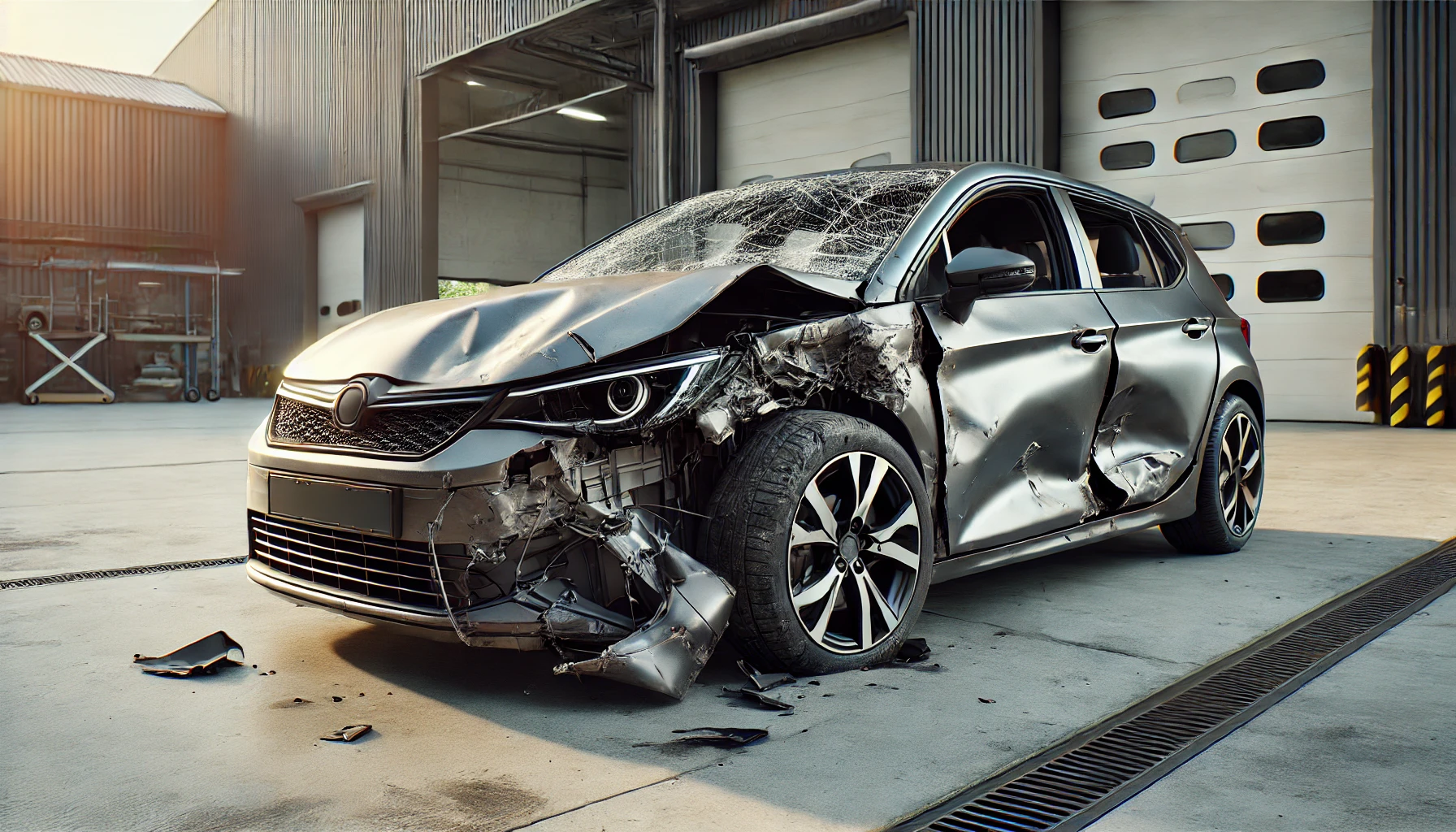
From Crashed Car to Dream Car: What is Possible?
Buying a salvage car might seem risky at first, but it can actually be a cost-effective way to own a vehicle – especially for DIY enthusiasts and car lovers. Platforms like Copart offer a wide selection of salvage car auctions, where damaged vehicles can be purchased at attractive prices. But how do you know if a salvage car is worth the investment? And what can you realistically rebuild?
In this article, we’ll cover everything you need to know to turn a salvage car into a rewarding project.
1. Why Buy a Salvage Car from an Auction?
💡 Key Advantages of Salvage Cars:
• 💰 Affordable Prices: Salvage cars are often significantly cheaper than similar undamaged vehicles.
• 🔧 Spare Parts: Perfect if you need parts for another vehicle.
• 🛠️ Custom Projects: Ideal for those who enjoy restoring and customizing cars.
• 🚗 Unique Models: Find rare or unique cars that are otherwise hard to come by in the regular market.
2. What to Consider in a Salvage Car Auction
👉 Checklist Before You Bid:
Before bidding on a salvage car, make sure to consider these key points:
|
Question |
Why It’s Important |
|
How severe is the damage? |
Determine if the repair costs fit your budget. |
|
Where is the damage located? |
Damage to the engine or frame is expensive to repair. |
|
What about transport costs? |
Include shipping or towing fees in your calculations. |
|
Does it have a vehicle history? |
Transparency helps you assess its condition. |
🔎 Tip: Carefully review the auction listing's photos and descriptions to spot details like damage location or missing components.
3. What Damage Can Be Repaired?
Not every damaged car is a lost cause! Here’s an overview:
✅ Easier to Repair:
• Body Damage: Dents, scratches, and minor panel damage are typically inexpensive to fix.
• Paint Damage: Smart repair or a new paint job can make the car look like new.
• Mechanical Parts: Components like headlights, brakes, or shock absorbers can often be replaced easily.
❌ Challenging to Repair:
• Frame Damage: Costly and requires specialized equipment to fix properly.
• Engine Damage: In many cases, replacing the engine is more economical than repairing it.
• Electrical Issues: Troubleshooting and fixing damaged wiring or control units can be time-intensive and expensive.
4. Realistic Cost Planning
💵 Budget Breakdown for Rebuilding a Salvage Car:
|
Cost Factor |
Description |
Estimated Cost |
|
Purchase Price |
The vehicle's price at the auction |
Varies by model/damage |
|
Transport Costs |
Shipping or towing from the auction site |
€300–€1,000+ |
|
Replacement Parts |
New or used parts for repairs |
€500–€5,000+ |
|
Labor Costs |
If you’re hiring a shop for repairs |
€50–€150/hour |
|
Inspection Costs |
Post-repair inspection (e.g., TÜV approval) |
€100–€200 |
🛠️ Pro Tip: Calculate all potential costs ahead of time to avoid turning a great deal into a money pit!
5. DIY or Workshop: What’s Best for Repairs?
DIY Repairs (Do It Yourself):
✔️ More affordable, as you save on labor costs.
✔️ Full control over the repair process.
❗ Requires tools, skills, and time to complete the job properly.
Workshop Repairs:
✔️ Best for complex issues like frame or engine damage.
✔️ Professional results with warranties in some cases.
❗ Labor costs can add up quickly, so shop around for estimates.
💡 Decision Guide:
• Small, cosmetic damage? DIY is the way to go!
• Major structural or technical issues? Leave it to the pros.
6. Legal Aspects to Consider
📜 Important Legal Requirements for Salvage Cars:
• Inspection Approval: After repairs, the car must pass a roadworthiness inspection (e.g., TÜV in Germany) before it can be registered.
• Disclosure Obligation: If you sell the car later, you must inform buyers that it has a history as a salvage vehicle.
• Insurance: Some insurers may charge higher premiums for salvage cars. Always check before registering the vehicle.
Good to Know #1: Watch Out for Repair Costs!
A salvage car is only a bargain if the repair costs don’t exceed the vehicle's resale or usage value. Plan carefully!
Good to Know #2: Use Platforms Like Copart!
Auction platforms like Copart offer a wide range of salvage cars – from lightly damaged vehicles to complete parts donors.
FAQs – Frequently Asked Questions
1. Can any salvage car be repaired?
Not always. Cars with frame damage or severe total loss may only be suitable as parts donors.
2. What documents do I need to register a salvage car?
After repairs, you’ll need a roadworthiness inspection certificate and complete vehicle documentation that outlines the repairs and modifications.
3. How much does it cost to transport a salvage car?
Transport costs depend on the location. Within Europe, they typically range between €300 and €1,000.
Conclusion
Buying a salvage car from an auction can be a worthwhile investment – whether for rebuilding, using it as a parts donor, or as a personal project. However, it’s crucial to carefully assess the vehicle’s condition, plan costs realistically, and understand legal requirements like inspections and insurance.
With the right planning and knowledge, a salvage car can turn from a risky purchase into a valuable and rewarding project!
👉 Check out Copart’s salvage car auctions today and start your next big project!